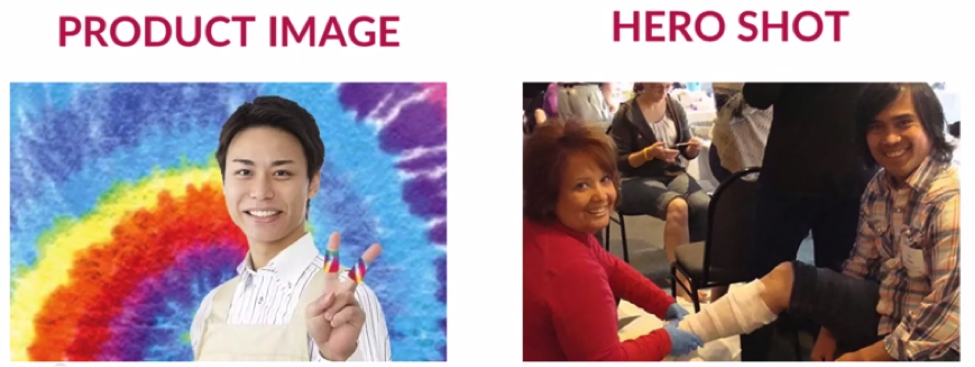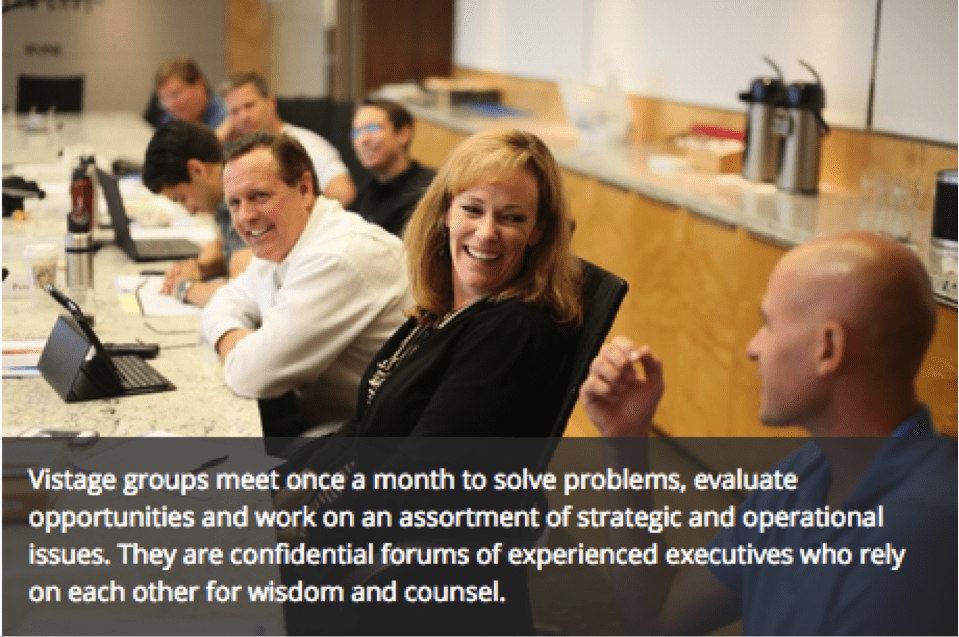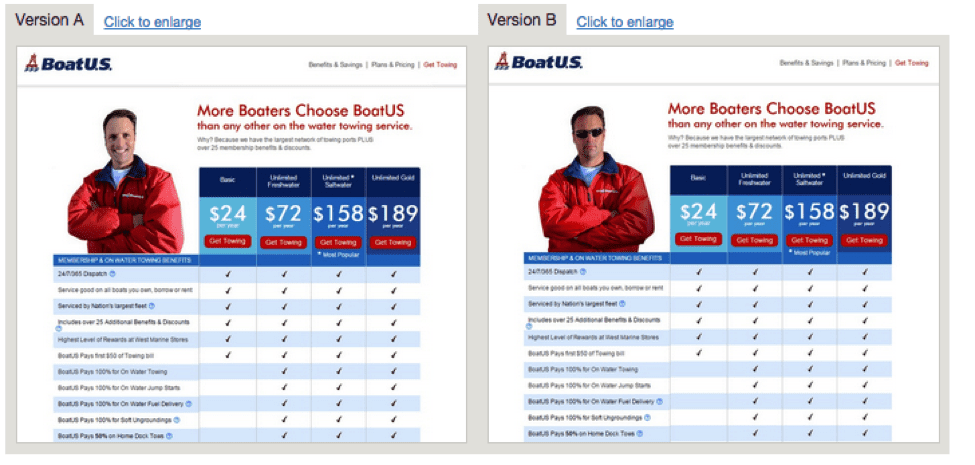It’s been said that a picture is worth 1,000 words… But have you thought about how much a picture is worth in terms of sales conversion dollars?
When it comes to adding a picture to our websites or marketing materials, most people don’t give it much thought.
More often than not, the process generally involves going to a free site (like Flickr) or a paid site (like BigStockPhoto), and looking for a clever, royalty free image that looks good and makes a point.
But (and this is a big BUT)…
Have you thought about what impact this image might have on sales conversions?
A few years back, we worked with one of our coaching clients as he recreated his website. The designers used some really slick and creative images that looked great, but in a minute, you’ll see why this may have turned into a conversion KILLER!
All images tell a story… The question is, what story is your image telling your customers? Is it motivating people to act?
Conversion expert Angie Schottmuller says the objective is to make the image a “hero.” Here’s what she means by that:
Relevance… Context… Value… And emotion.
Notice: these are the same psychological triggers used in the written word to sell – the same triggers we need to convey in images.
Here’s an example Angie used in her presentation:

Note that on the left, there’s a product image, and on the right, the Hero Shot is making the CUSTOMER the hero. The hero image immediately tells the customer that they are in the right spot, what the product is, why it’s relevant to them, and conveys an emotion related to the result the customer expects to achieve.
Of the many tips I received from Angie, I also became aware of an amazingly powerful tool called the “Human Brain Cloud” that gives you additional insight into the perceptions of your product or industry.
Here’s how it works: http://www.HumanBrainCloud.com/#view/YOURTERM.
So – as you and I are entrepreneurs – let’s see what came up. I typed in http://humanbraincloud.com/#view/entrepreneur and got this:
These are terms that immediately come to mind when people think of “entrepreneur” – so, if you’re in business attracting entrepreneurs, consider looking for a hero image that represents the above characteristics.
Yet (and this is where the problem is), here’s an example of an image used by a small business consulting company on their homepage:
Does that images hit the triggers of relevance, context, value, and emotion?
Does it represent any of the entrepreneurial traits like rich, inventor, money, salesperson, boss, etc.? Does the customer look like a hero? Heck, this woman doesn’t even look happy!
Think about how you can bring those entrepreneurial traits into your image so your prospects know they’re in the right place.
Angie suggests that asking people to create a caption for your image will help you identify whether or not you chose the right image for your website… Does the caption convey what you’re about? If not, you chose the wrong image.
Hot Tip: Use a caption under your images – they are read %300 more than body text.
And when you choose an image, ensure the image looks authentic (not an image that screams “this is a stock photo”).
Simple and authentic photos are most persuasive.
Now, compare the image above with this image from Vistage (an international coaching program for entrepreneurs):
Can you see how the above image also captures emotion? That’s a great Hero Shot.
How can you tell if you’re Hero Shot is optimized for conversions?
Here are Angie’s 7 Persuasive Triggers for selecting an image:
- Keyword Relevance
Does the image visualize the targeted keyword or referring link text? - Purpose Clarity
Does the featured image help identify the page purpose and/or offer?
“Caption Test” Audit: Display just the image to someone not working on the project and have them write a caption. Does it align with what the page is about? - Design Support
Does the featured image support and enhance seamless flow of page design, leading to the call to action (i.e. photo size, complementary CTA color, contrast, complexity)? Does the featured image have a subtle cue pointing in the direction of the CTA? If yes, +1 BONUS! (e.g. eye path, lines, shadows). - Authenticity
Does the featured image represent the organization and offer in an authentic, credible fashion (i.e. genuine, honest, believable, actual vs. stock photo, brand-aligned)? - Added Value
Does the featured image add value by showing detail or context to improve relevance, demonstrate benefits, and answer questions? - Desired Emotion
Does the featured image portray desired qualities or emotion to resonate and inspire action? Consider mood, lighting, scene, body language, colors, and urgency. - Customer “Hero”
Does the featured image depict the customer as the “hero” once equipped with this solution?
(Source)
WhichTestWon, a conversion specialist, has posted numerous studies on the impact of images related to signups and sales. One example had to do with a split test between a happy captain and a serious captain wearing “cool” sunglasses.
See below:
Which image do you think dramatically increase sales conversions and revenue?
This is a good reminder that our guts do not always yield the best response. You see, BoatUS.com’s team believed the happier and friendlier captain would produce bigger results, but when they tested the response, the serious captain produced a 32.8% higher conversion AND FIVE TIMES more revenue per visitor. (Source: https://whichtestwon.com/test/happy-captainserious-captain-image-dramatically-lifted-conversions-revenue/)
Why?
Perhaps because captains see their responsibility as more serious.
Hot Tip: Our eyes will follow where the people are looking in your images. If you use people who are looking or pointing, have them pointing to your call to action.
Here’s an example:
When you’re looking at a 500% increase in revenue per visitor, I’m sure you’ll agree… Taking the extra time to select the right image is well worth the effort.
So, there you have it…
The next time you add an image to your website (or your marketing material) – instead of just making a haphazard decision or one based on creativity – remember, an image is worth a lot more than just 1,000 words.






